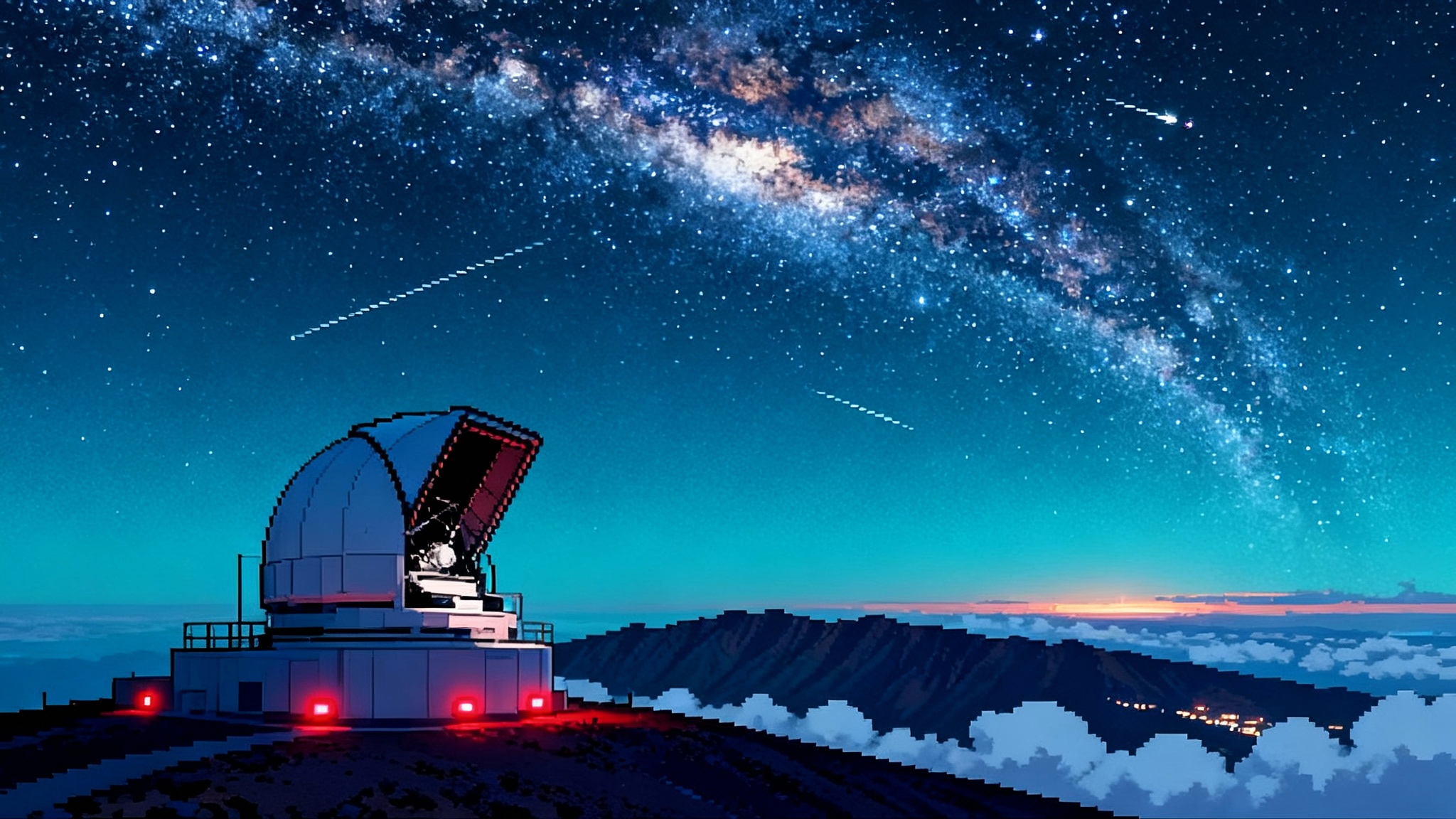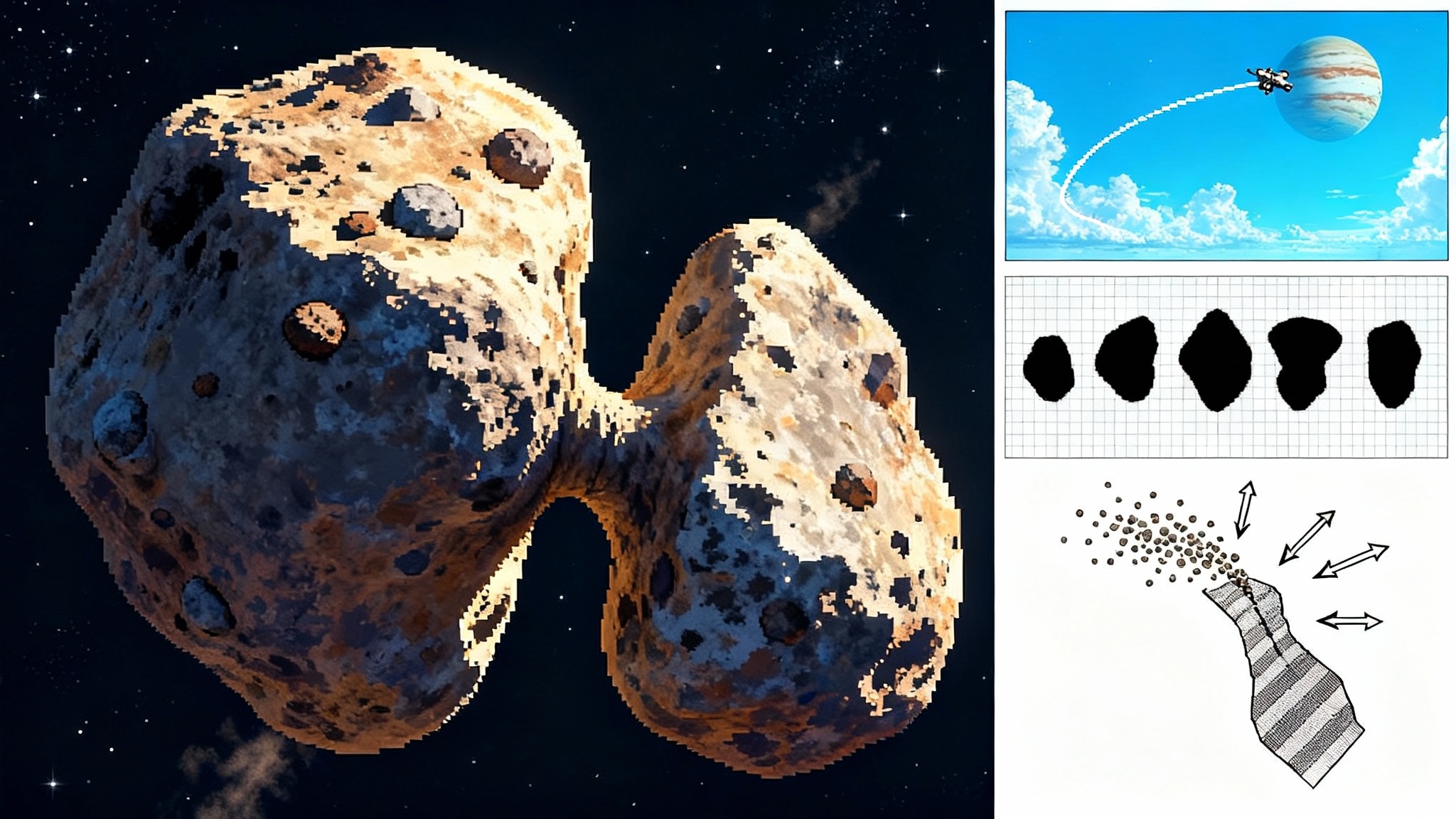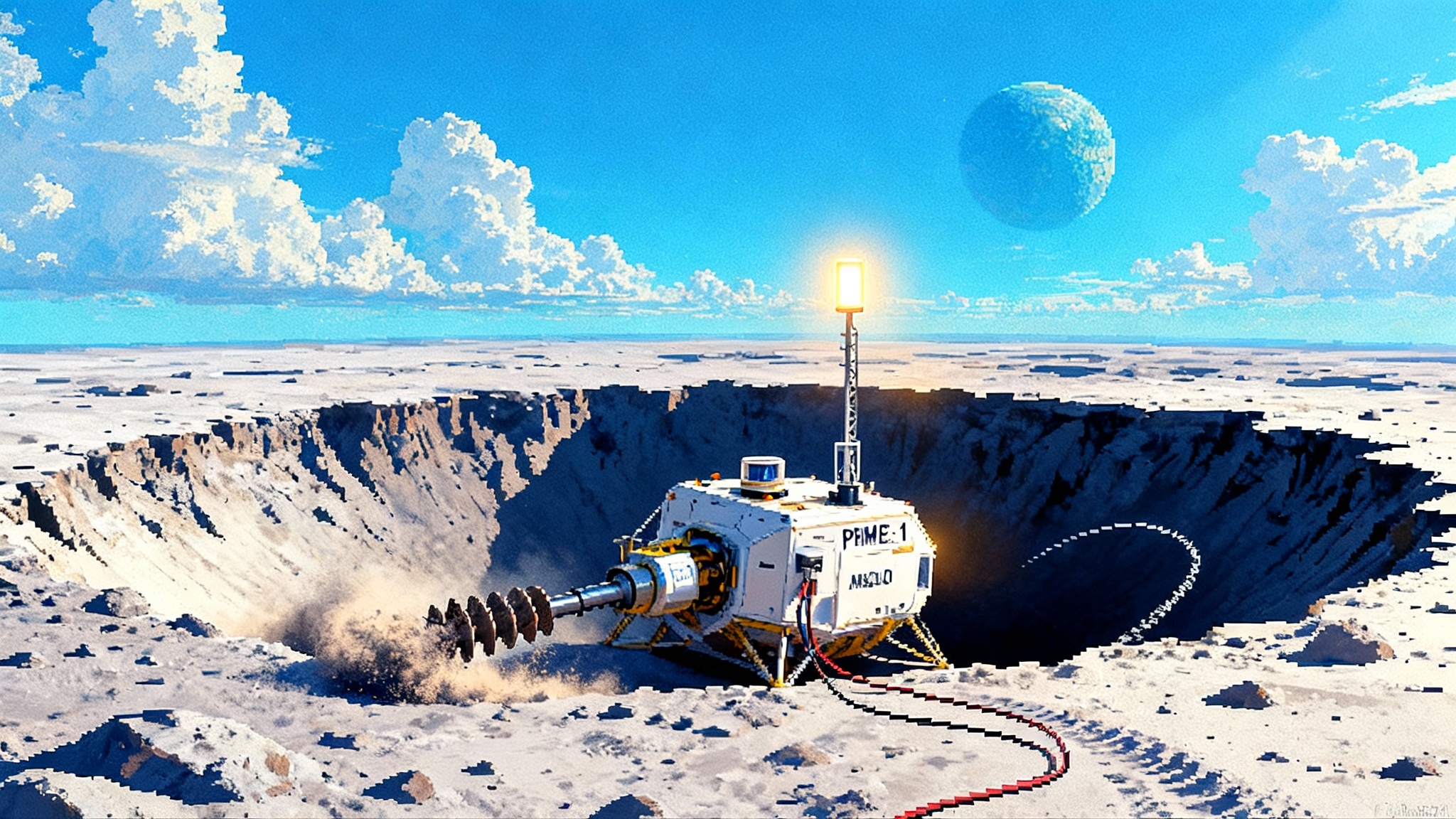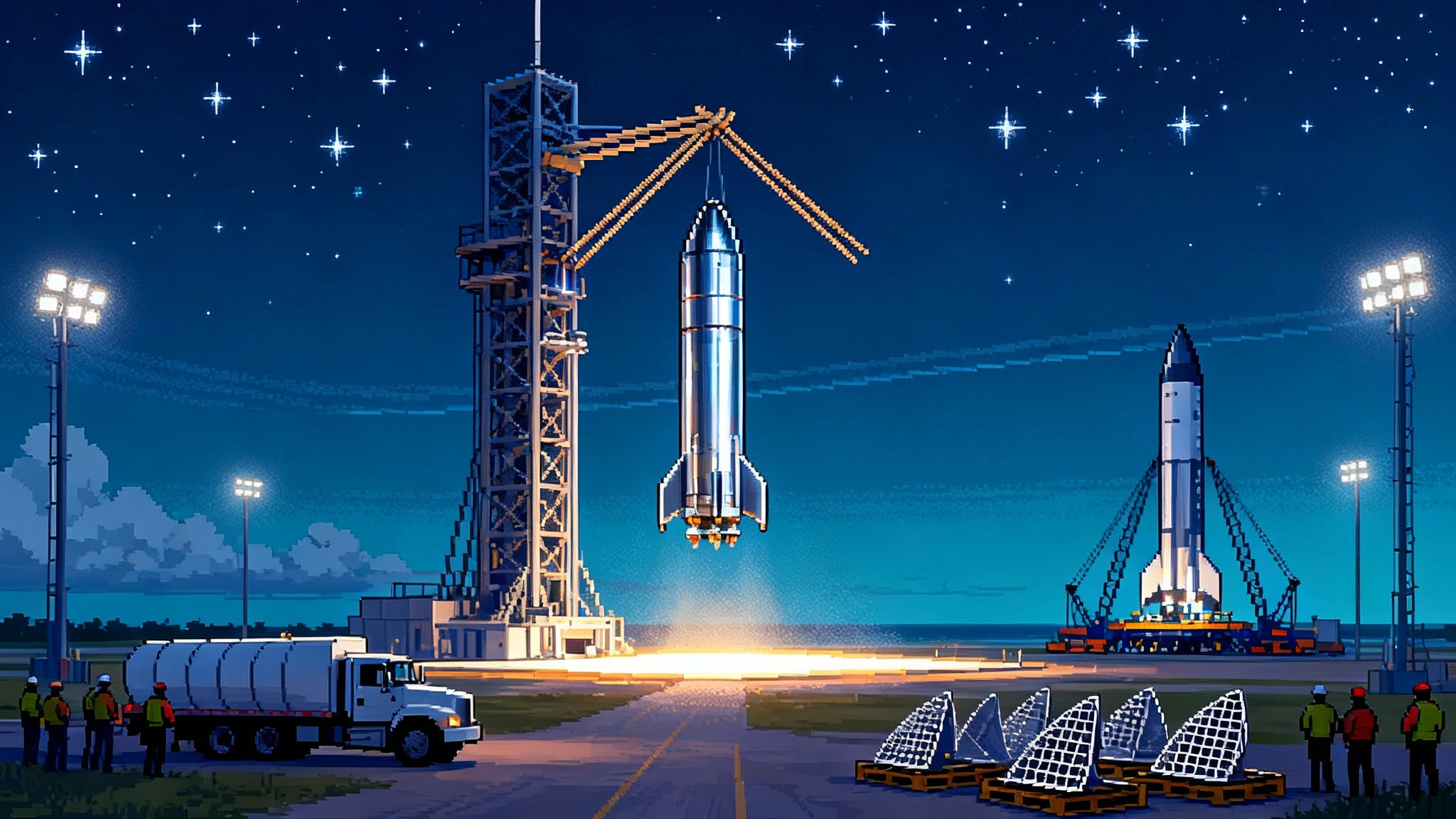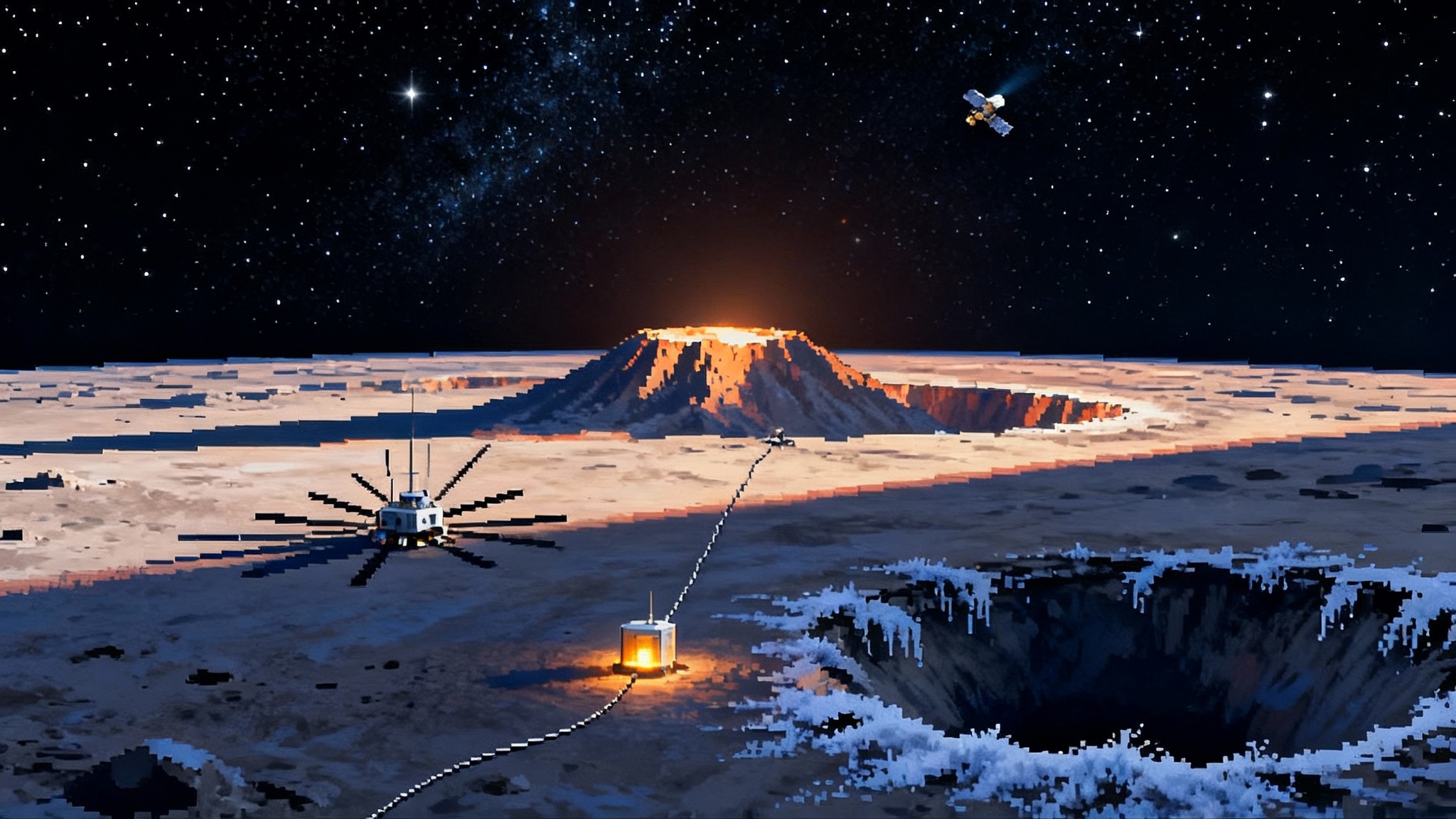After Earth flyby, OSIRIS-APEX sets up Apophis reality test
Fresh off a precision gravity assist over Earth on September 23, 2025, NASA’s OSIRIS‑APEX is setting up the first controlled before‑and‑after experiment on the near‑Earth asteroid Apophis. Here is how the team will watch it change in real time and why those measurements matter for planetary defense.
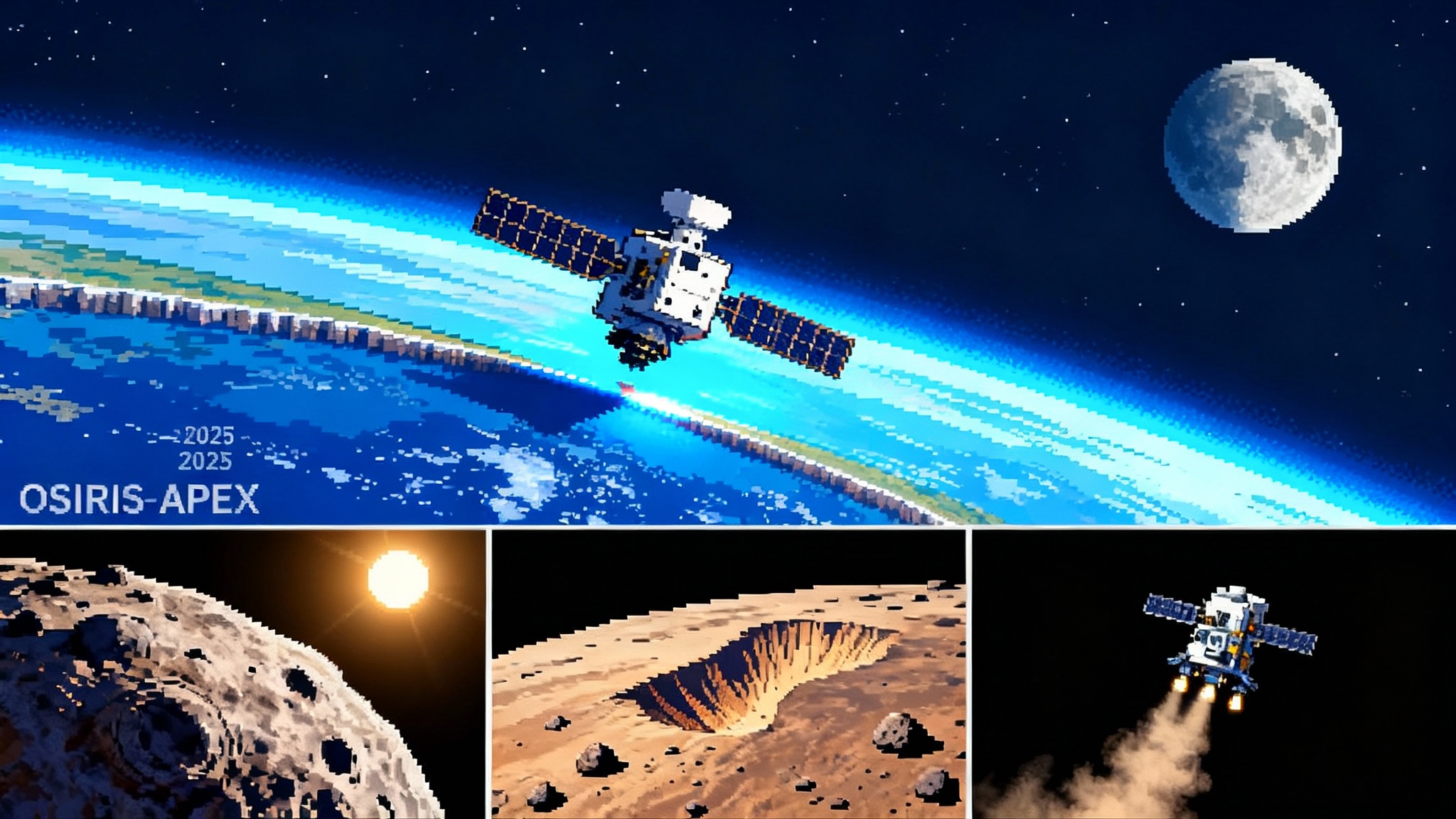
The slingshot that starts the experiment
On September 23, 2025, NASA’s OSIRIS‑APEX spacecraft swept about 2,100 miles over Earth to bend its trajectory toward asteroid Apophis. The pass calibrated cameras and spectrometers and, more importantly, delivered the last big steering input before years of close‑up work. For flyby specifics and imagery, see NASA’s flyby update.
Apophis is a roughly 340 meter near‑Earth asteroid that will pass safely inside the geostationary ring on April 13, 2029. The encounter will not threaten Earth, but tides from our planet are expected to torque and subtly reshape this rubble‑pile body. OSIRIS‑APEX is designed to catch those changes in real time and turn models into measurements.
A hazardous‑asteroid analogue under a microscope
Apophis sits in the “potentially hazardous” category because of its size and orbit, not because of a present‑day risk. That makes it a valuable stand‑in for the objects that drive planetary‑defense planning. What elevates 2029 from interesting to decisive is observing geometry: in the hours after closest approach, Apophis will sit too near the Sun for most ground telescopes, but OSIRIS‑APEX will keep observing without interruption. Continuous coverage turns speculation into data.
What the before‑and‑after will measure
OSIRIS‑APEX reuses a proven surveyor: imagers, infrared and thermal spectrometers, radio science, and the Canadian OLA laser altimeter. Together they will build a time‑stamped portrait that brackets the flyby.
- Global shape and topography. OLA will map Apophis at decimeter‑scale, producing a digital terrain model to compare slopes, boulder fields, and scarps before versus after. Repeated passes can reveal landslides, boulder flips, and fresh exposures.
- Surface composition and texture. Visible, infrared, and thermal data will track color and temperature. If tides shuffle regolith, fresher‑looking patches and shifts in thermal inertia will flag resurfacing.
- Spin state. Apophis currently rotates about every 30.6 hours. Earth’s tug could change the rate or tilt the axis. Imaging sequences and radio tracking will tighten the spin‑vector uncertainty from a broad cloud to a narrow cone.
- Interior hints. Combining gravity from radio science with precise shape allows bulk‑density estimates and searches for voids or denser cores. Tracking any released pebbles would further constrain mass and local gravity.
The dust‑off dive, in plain terms
Late in the campaign, after mapping and monitoring, OSIRIS‑APEX will descend to roughly five meters and fire thrusters downward to blow away the topmost dust and pebbles. Think of brushing snow off a rock to expose what lies beneath. Cameras and spectrometers will watch the plume while navigation and radio data track how the surface settles. Measuring the “kick” and the response reveals cohesion and grain size, key inputs for impact‑deflection models and lander design.
The 2025–2029 timeline
- September 23, 2025: Earth gravity assist at about 2,100 miles altitude with instrument calibration. This confirms the corridor to Apophis.
- 2026–2028: Perihelion passes and small trajectory trims manage heat and refine arrival timing.
- Early 2029: Sustained approach imaging to lock in pre‑encounter spin, shape, and surface texture.
- April 13, 2029: Safe flyby within roughly 32,000 kilometers of Earth’s surface. Ground observatories track before and after; OSIRIS‑APEX closes the immediate post‑flyby gap.
- June 2029: Spacecraft rendezvous for an 18‑month close‑operations campaign, from kilometer‑class orbits down to targeted low passes.
Sharing the field with Europe
ESA is advancing Ramses, a rapid‑response mission proposed to arrive before the flyby and escort Apophis through the encounter. The concept leverages Hera heritage and includes two deployable CubeSats, with dust analysis, low‑frequency radar, and a possible lander under study. For status and scope, see ESA’s Ramses mission overview. If approved at the November 2025 ministerial, Ramses targets a 2028 launch, complementing OSIRIS‑APEX’s long follow‑through.
Why this matters for planetary defense
- Better soil physics. Cohesion and friction numbers feed directly into simulations of crater growth, ejecta momentum, and kinetic‑impact efficiency.
- Spin‑change rules of thumb. Measured shifts in rotation or pole orientation update assumptions about post‑deflection stability and hazard migration on the surface.
- Interior constraints. Gravity‑plus‑shape maps refine how energy propagates through a rubble pile and how a deflection impulse distributes.
- Operational timelines. Real settling times and dust‑dispersal rates inform how long to monitor a target after intervention.
How amateurs can join the watch
Around April 13, 2029, Apophis will be visible to the unaided eye from parts of Africa, Europe, and western Asia. In the United States, visibility will depend on twilight and sky brightness. Plan for darker sites, allow 20 minutes for dark adaptation, and use 7×50 binoculars on a tripod. A fixed camera with a 50 mm lens can record the asteroid’s motion as short trails in 10‑second exposures spaced a few minutes apart. For context on near‑real‑time observing, see our overview of how the real‑time sky begins.
The small‑body science accelerator
OSIRIS‑APEX shows how a flight‑proven craft can answer high‑value questions quickly and affordably versus building a new probe. The team has already stress‑tested the thermal configuration near the Sun and validated navigation under mission‑like conditions. For more on the decade ahead in small‑body exploration, see our Lucy’s bowling‑pin asteroid preview and China’s quasi‑moon and comet playbook.
The bottom line
With the September 2025 flyby complete, OSIRIS‑APEX is on course for a once‑in‑a‑generation test of how a hazardous‑asteroid analogue responds to stress. Add Europe’s potential Ramses escort and coordinated ground coverage, and the field can turn a rare natural experiment into numbers that tighten the planetary‑defense playbook.
